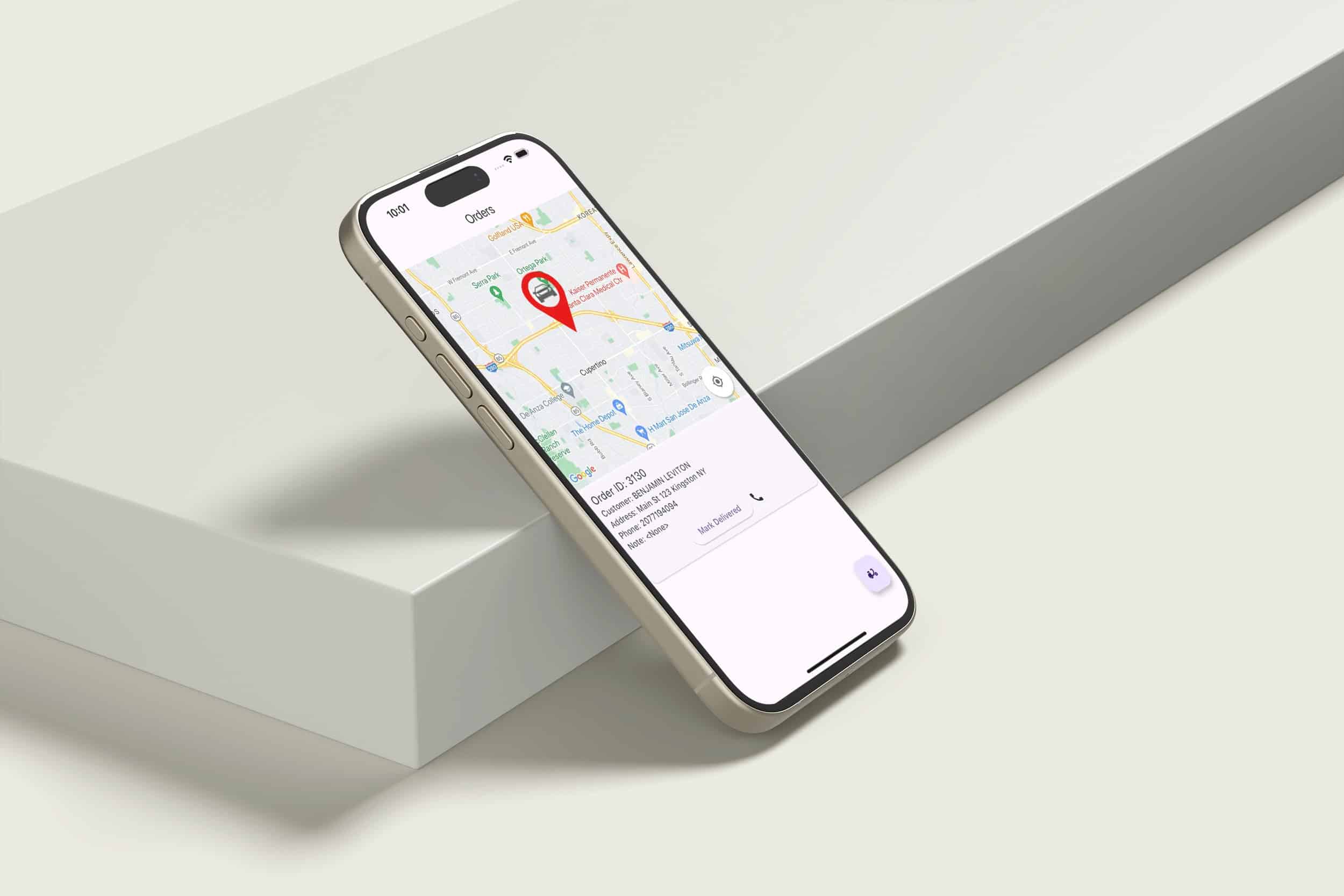
Why Clover business model leads to dissatisfaction
Clover is a popular point-of-sale (POS) system that is owned and operated by First Data, a financial services company. While the system has gained popularity for its ease of use and functionality, there are some drawbacks to its sales strategy that can lead to customer dissatisfaction.
One of the biggest issues with the way that Clover is sold is that it is often presented as a product rather than a service. This means that customers may not fully understand that the monthly fee they pay is the source of the system’s value. Instead, they may focus on the hardware they are purchasing and not fully appreciate the ongoing support and updates that are included in the monthly fee.
This sales strategy can be problematic because the support provided by Clover is often less than what customers expect. Because the system relies heavily on third-party app developers for support, there can be gaps in the assistance provided to customers. This can leave businesses frustrated and their customers unhappy, leading to a poor overall experience with the system.
Another issue with Clover’s sales strategy is that the hardware is designed with planned obsolescence in mind. This means that the devices are intended to become outdated and need to be replaced after a certain period of time. While this may be profitable for First Data, it can be frustrating for customers who have to constantly upgrade their hardware in order to keep using the system.
While Clover may be a functional and easy-to-use POS system, its sales strategy can lead to customer dissatisfaction. The focus on hardware and lack of emphasis on the ongoing support provided by the monthly fee can leave businesses frustrated and their customers unhappy. Additionally, the planned obsolescence of the hardware can lead to constant upgrades and a poor overall experience with the system.



